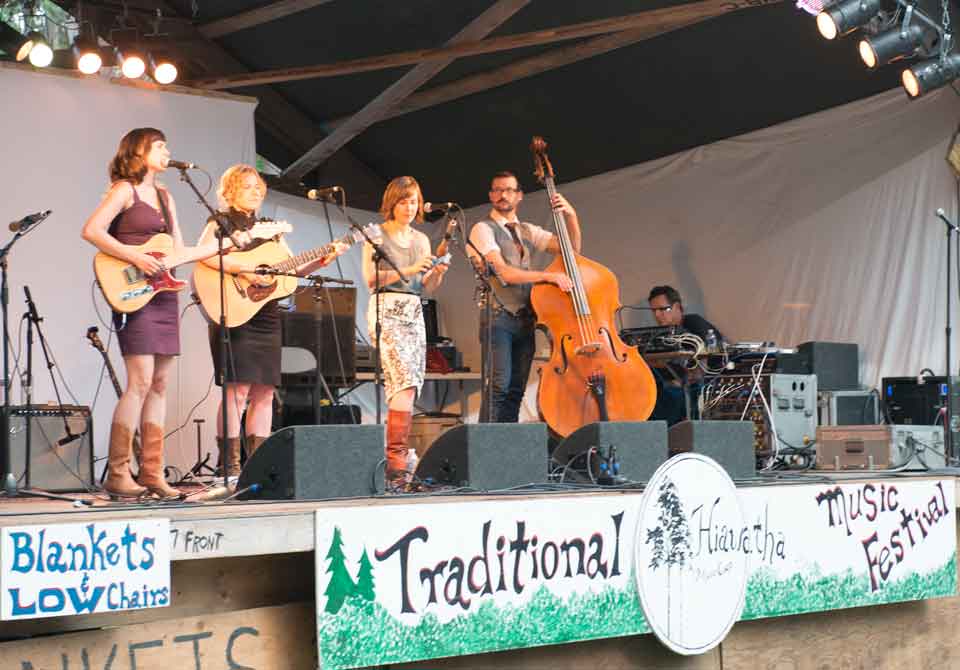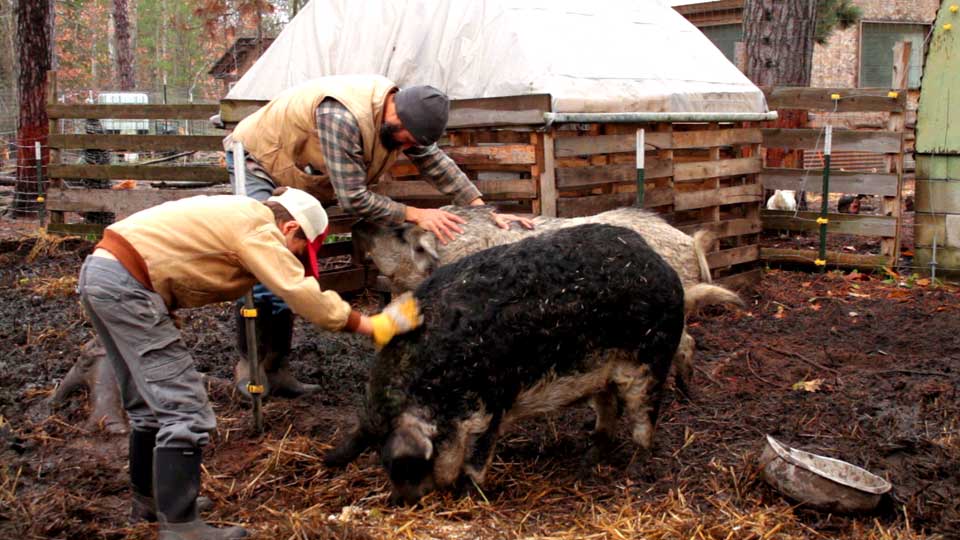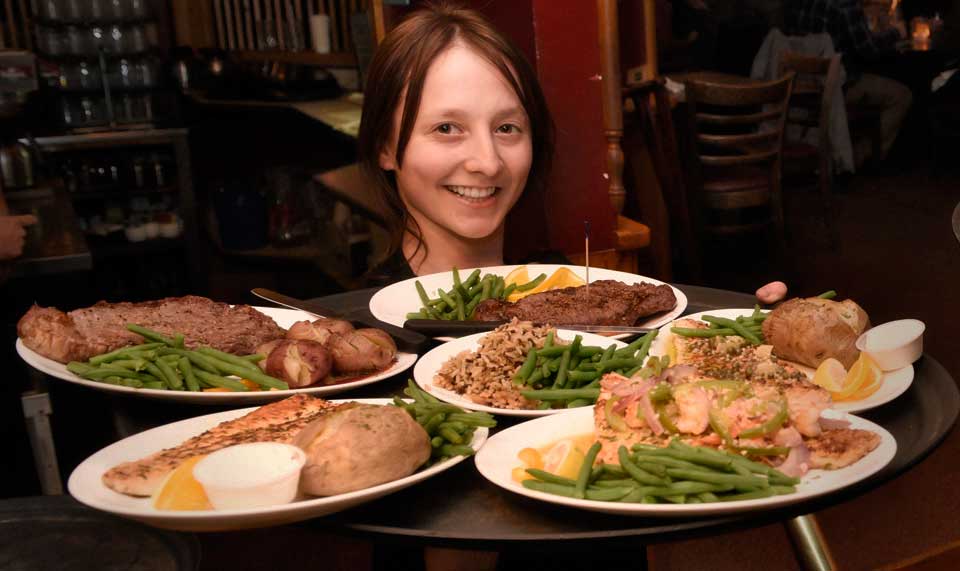Heritage Beans
How Heritage Beans connect us as human beings through time and space…
With a sound like a rainstick, black beans poured into the empty stock pot. When you run your fingers through their loose rattel, your eyes close, and it feels like touching pearls.
Human beings have been cultivating and eating these hard black gems for 7,000 years—generations turning earth, planting seeds, weeding, watering, caretaking, picking, drying, storing, soaking, boiling, and eating. Black beans are the flavor of human history, and the leafy tendrils of their vibrant green stems have woven a place in my family history—every time I cook black beans, I think of my father.
My family began visiting Mexico when I was fifteen. We stayed on a little island off the coast of Cancun called Isla Mujeres—Island of Women—lying like a jeweled necklace off the coast of Mexico.
We first tasted black beans at La Lomita’s, an unassuming open-aired restaurant at the top of a hill on a cobbled side street. A street where old men pull chairs up to the narrow curb on cool evenings and talk around the few teeth they have left, their shirts starched crisp by wives watching telenovas inside.
Our family of four—my mother, father, little sister Laurel, and I—pulled out our chairs and picked up sticky menus that described various offerings in broken Spanglish. We ordered—roasted whole fish, fried squid, and fried conch.
The waiter came back to our table, arms stacked with four white steaming bowls containing brown lumpy liquid that he set in front of each of us along with folded paper napkins and large mismatched spoons.
We looked at each other in confusion—we didn’t order this. It seemed impolite to refuse, so we picked up our spoons, dipped into the chocolaty soup and took our first bites.
The soup sang. It was earthy and salty and dark. We looked at each other with raised eyebrows and dipped in for our next bites. Again and again. Woven throughout the soup were green swathes of vegetable leaf—spinach.
We ate until our spoons scraped roads through the brown bottomed bowls, and then peered at each other in awe. Those were beans?
When we returned to twelve inches of snow and three more months of winter in our Upper Michigan home, my father dog-eared new pages in his many seed catalogues. The seeds had names like, Black Valentine, Calypso, and Midnight Black Turtle.
When they grew, they looked like any other green bean, but when we harvested green beans for steaming, snacking, and stir frying, these thin pods stayed on the bushes as days shortened and the little legumes began to turn brown.
When the beans dried, rattling like tiny maracas each time the pods shook, my father dumped the loaded trays into a bushel basket.
By this time, snow had begun to fall, the days shortening into more darkness than daylight. The bushel basket of dried bean pods, topped with another basket for discarded pods, and a stainless steel kitchen bowl for the dried beans, went downstairs to the TV room with my father, where he watched how-to trapping videos, Zulu, and John Stewart to pass the long dark winter hours. Beans pinged into the metal bowl and the basket of stripped-off shells rustled like dry cornstalks in an October wind when the basket moved.
My father chose a late January weekend to cook the first batch of beans, peering at the recipe book over half-glasses perched on the end of his nose. He plucked glass bottles from the spice shelf: cayenne, cumin, coriander, salt, pepper, oregano and a green crumbly herb called epazote.
We soaked the beans overnight. In the morning when my father lifted the lid off the pot, we saw swollen beans, fat with absorbed water.
We rinsed the beans, as per the recipe directions, and placed them back over the gas stove’s flickering orange flame. They boiled all day, filling the house with an earthy, redolent steam. We added spices and a few chunky slabs of bacon to heighten the flavor. My father was an alchemist—shaking herbs and spices from glass bottles into the stock pot, the fragrant vapor rising around his head in twirling tendrils.
My mother, sister, and I washed and chopped vegetables: peppers, onions, tomatoes, avocado, garlic, and onion—necessary counterpoints to the thick pot of black beans.
My father, back at work in his own kitchen-station, mixed flour, salt, and water, creating dough. He kneaded and patted it into tan, flat rounds. The black cast iron pan heated to a sizzle when a water droplet shattered and hissed on the hot surface.
The tortillas hit the pan, and began to brown, floury aroma melding with beans, and suddenly I was back at La Lomita’s on Isla Mujeres. I listened for the murmur of waves just out of earshot, like a shell held a bit too far away from my head.
Food is a portal—it is the connecting point of memory that allows us to cross back and forth between time and space. It connects cultures, societies, and individuals in ways that we go our entire lives without realizing. These beans, the genetic offspring of the first tiny black seeds, placed in the soil 7000 years ago by people who discovered that slowly boiling this hard little pebble produced a soft sultry flavor, made to be cradled in the warm folds of a corn tortilla. And here we were, in our kitchen in rural Upper Michigan, cooking and eating the same beans.
When onions, peppers, and garlic had melted into each other in a heated sauté pan. When avocado and tomato gleamed green and red in white bowls. When tortillas were warm beneath a dish towel. When beans had simmered down to a thick pudding—then we prepared to eat.
We sat at the table—four plates, hands held for a moment of thanks.
As we bowed our heads, I once again sensed the sound of the ocean and a hot Mexican wind, just there, at the edge of memory.
Black Bean Recipe for Four
Ingredients:
1/2 pound dried black beans
1 medium onion, roughly chopped
3 fresh garlic cloves, pressed
1/2 teaspoon dried oregano leaves
1/2 teaspoon ground cumin
Pinch red pepper flakes
2 teaspoons sugar
2 tablespoons white wine vinegar
Salt and freshly ground black pepper
The night before, soak the black beans in a large pot of water. The next day, rinse the beans, cover with 3 cups of fresh water and bring to a boil over high heat. Reduce the heat and simmer covered for 30 minutes, skimming off any foam. Stir in the onion and simmer 30 minutes more. Add the garlic, oregano, cumin, and red pepper flakes, and simmer uncovered for 30 minutes, stirring occasionally. Stir in sugar and vinegar, and taste before seasoning with salt and pepper.














You must be logged in to post a comment Login